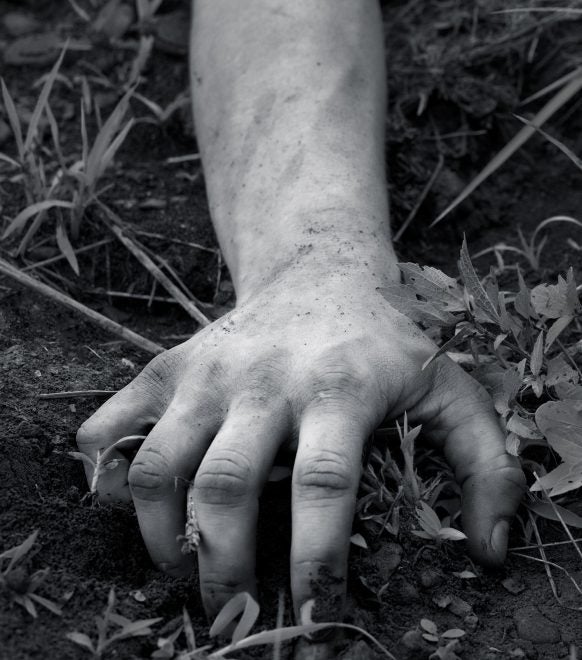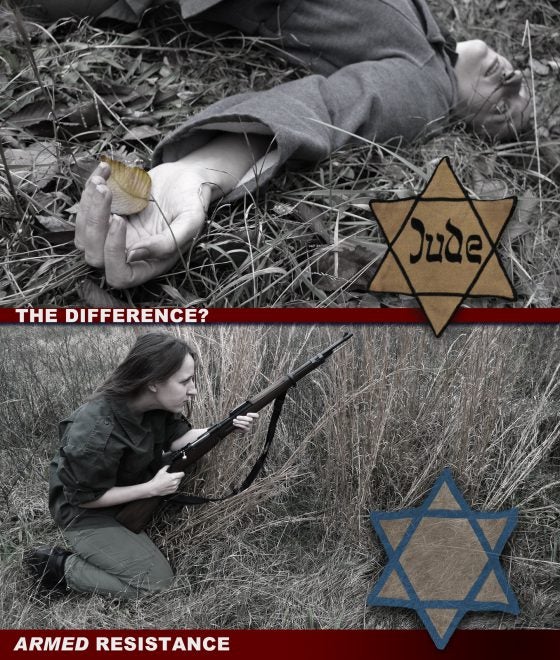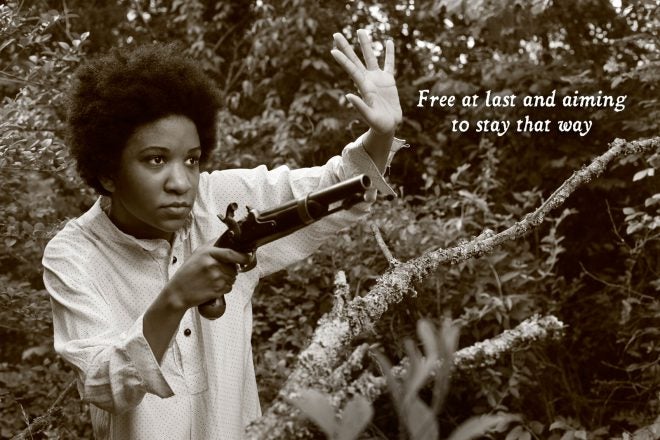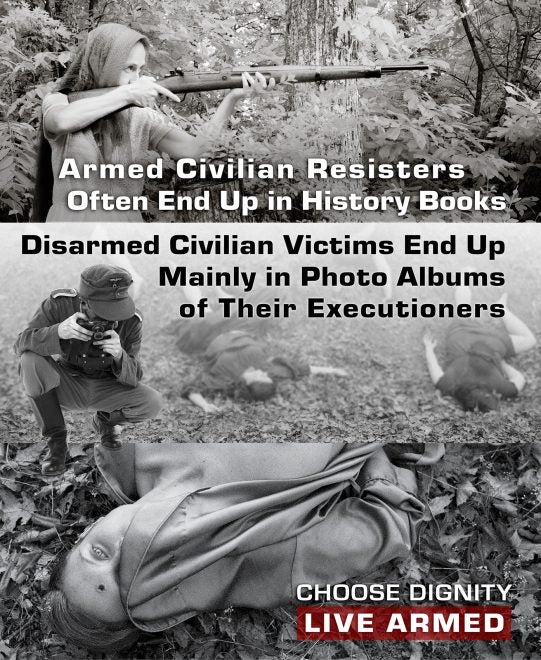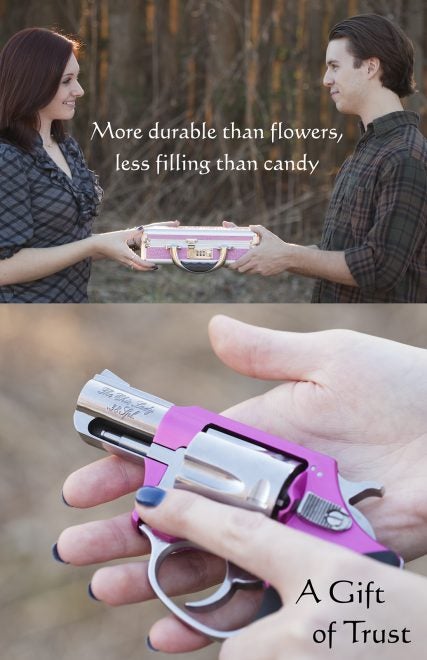Living in Fear. Not Living in Fear.
Oleg Volk 07.06.16
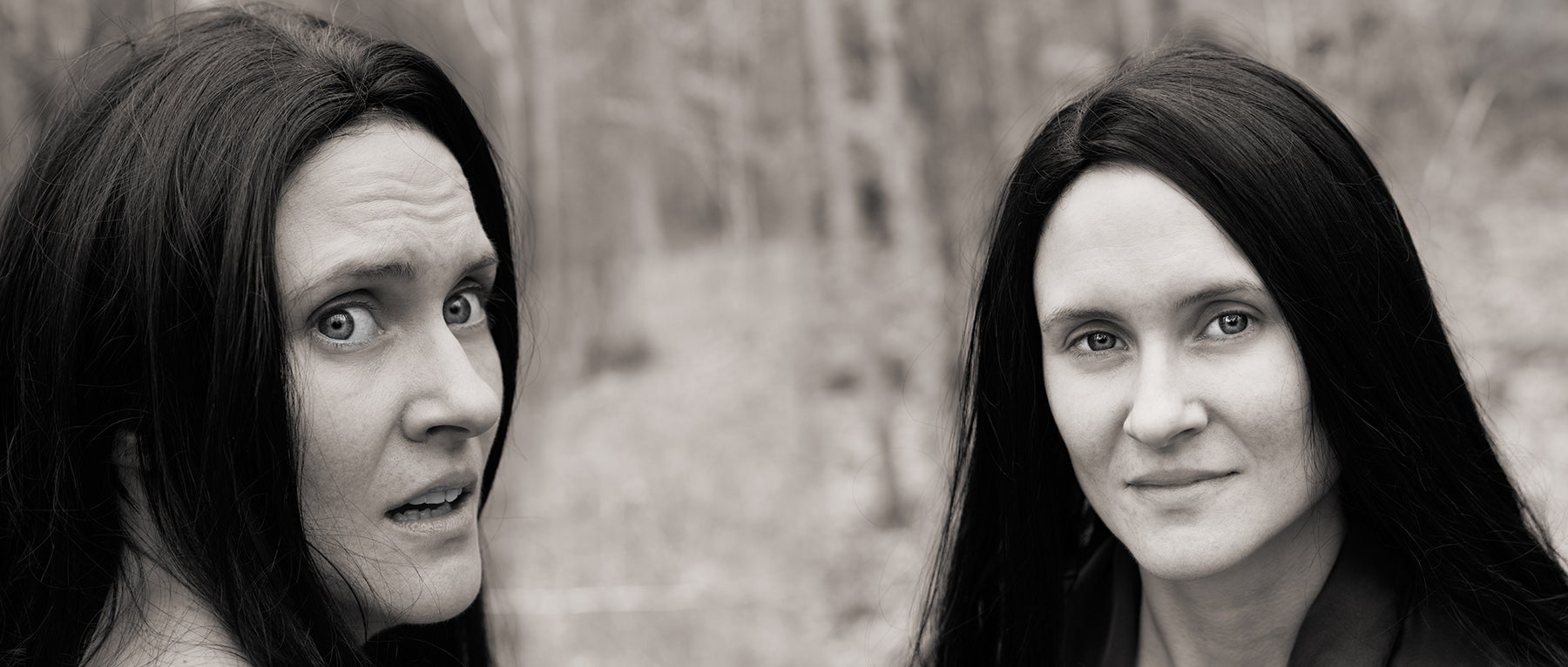
I first read Anatoly Kuznetsov’s Baby Yar back in the Soviet Union. I was aged about ten at the time, and the book scared me. Later, having left the USSR, I re-read the uncensored version that had all of the initial impact and more, but that reading did not scare me anymore. The novel told mainly of the fate of the Jews who ended up in the Kiev ghetto and, eventually, at Babiy Yar execution site.
The book told of the gradual ratcheting up of pressure on a group of people who couldn’t escape, didn’t dare to fight barehanded against modern weapons, couldn’t shed their ethnic identity for which they were earmarked for slaughter, couldn’t even play dead once shot for being buried alive. Being Jewish and no less timid than any other ten year old growing up in the USSR, I was quite sure that my own conduct under the circumstances would have been entirely un-heroic. And yet, the same Soviet state published numerous accounts, even if likely semi-fictional, of teenagers performing acts of armed heroism during the same WW2 period. The difference, it seemed, was in the carrying of arms.
With the story of Bielski guerilla group unknown at the time, Jews were depicted as largely passive victims. While the record of the 1948 Independence War wasn’t advertised either, the Soviet press derided Israelis for being few but aggressive, indirectly building up a case for Jews being armed and ready to fight.
Even people who survived the ghettos and the concentration camps didn’t come out unscathed. Years of stress and learned helplessness take a heavy toll. The same health and psychiatric disorders show up in other populations under constant stress: abused kid and women, prisoners of authoritarian regimes, Blacks who lived in areas under heavy Klan overwatch. It’s no surprise that gun ownership for freedmen was so heavily contested by their former owners. It’s no surprise that neither Cubans nor North Koreans get to possess arms of any kind.
Several things help reduce stress generated by the fear unspecified future horrors: escaping it by flight is one of them, being ready to fight in some pre-planned way with necessary resources and training is another. In other words, having a rifle on hand might not be enough to win a fight, but that’s plenty to fret less and so to make decisions not driven by mindless fear. Being able to carry also permits more numerous options in regards to employment, travel, and choice of mate because those who would contest such free choices seldom dare pick on well-armed victims.
Again, being armed does not guarantee safety or victory. It does provide a mental comfort of not being quite helpless. It also makes you specifically less attractive to bullies. For many, especially those who were brought up with the belief in own vulnerability, range time and defensive training are therapeutic. The increased degree of independence also reduces the interest in supporting strongmen, either mafia or politicians, who promise safety in return for obedience.
In nature, we observe that even decently armed species, like rattlesnakes and porcupines, still avoid unnecessary fights. The same is true for any sane human. But living in fear takes a heavy toll on both health and productivity, while retaining reasonable circumspection with action plans for likely emergencies does not. When talking to friends and family about learning to shoot, that’s the argument I recommend. You would be offering the gift of peace of mind, of dignity in the face of potential threats, and of increased independence.
